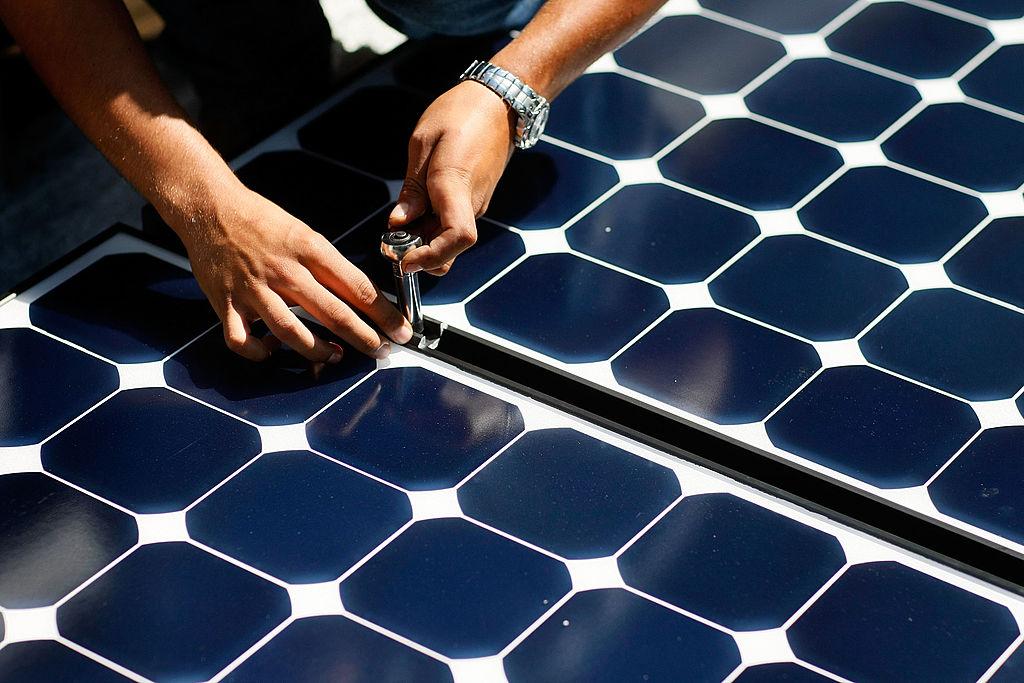The European Commission’s the Clean Industrial Deal (CID) plan, put forward in February 2025, aims to marry decarbonisation and economic competitiveness. The case for this is clear: for a Europe dependent on fossil-fuel imports, the future of competitiveness depends on its ability to unleash clean investments. This is vital, both to produce traditional industrial goods with cheap, secure, domestically produced clean energy, and to compete in the rapidly expanding clean-tech markets of the future, expected to triple in size to more than $2 trillion by 2035. Europe has a real opportunity: cancellations of clean tech projects in the United States are opening markets that Europe can fill.
So far, the CID has led to an outpouring of strategic documents, sectorial dialogues and action plans. The main operational measure so far has been the update of the rules governing national State aid via the so-called Clean Industry State Aid Framework (CISAF). These rules simplify and broaden what national governments can fund, including support for energy costs in energy-intensive industries, industrial decarbonisation and clean-tech manufacturing. However, this carries the risk of fostering a subsidy race among EU member states, leading to single market fragmentation – the opposite of what Europe needs.
To harness clean-tech opportunities, four main priorities must be addressed in the coming months to turn the CID into action: public funding, lead markets, energy market integration and international action.
When it comes to public funding, the EU’s flagship climate policy instrument – the emissions trading system (ETS) – will remain crucial. More than 500 million allowances were granted from 2020 until 2030, bringing in approximately €40 billion to the Innovation Fund, the EU’s main tool to support clean industry projects. A proposed €100 billion Industrial Decarbonisation Bank would also utilise revenues from the ETS. The ETS is scheduled for a reform discussion in 2026 and safeguarding its scale and stability will be imperative. Meanwhile, the European Investment Bank is expanding its portfolio of clean industrial assets, including a Wind Package and a pilot programme to share risks with companies that sign long-term contracts for clean energy.
To scale up, clean industries need not just funding, but predictable demand. This requires clarity on the trajectory of EU decarbonisation, necessitating the prompt adoption of the target to cut relative emissions by 90% by 2040. But this also entails the creation of lead markets for clean technologies and basic products. The upcoming 2026 reform of the rules governing public procurement, which represents about 14% of EU GDP, will have to deal with this.
This will require a delicate balancing act. A shift towards full-fledged ‘Made in Europe’ criteria, as hinted at by Commission President Ursula von der Leyen in her 10 September State of the Union speech, would indeed risk increasing costs and lead to inflation. An alternative would be adopting sustainability and resilience criteria that not only include clean technologies and products manufactured in Europe, but also those from countries with which Europe is establishing new Free Trade Agreements and Clean Trade and Investment Partnerships.
To leverage the investments required to meet decarbonisation and competitiveness objectives, the EU also needs to accelerate market integration and complete its Energy Union. The European Grid Package to be presented by the end of 2025, and measures to deepen electricity market integration to be proposed in early 2026 represent an opportunity to take significant steps on interconnectors, EU-level planning, permitting and financing.
From an international perspective, Europe’s challenge is to ensure a level playing field for homegrown industry without sliding into overt protectionism. Europe has rejected tariffs on solar panels, prioritising instead their cheap deployment. For electric vehicles, on 12 December 2024 the EU imposed tariffs on Chinese companies deemed to have received unfair state support. Such a differentiated sectoral approach is important and can be shaped to favour European interests. A crucial question that requires action at the EU level is how to deal with Chinese foreign direct investment into battery and electric vehicle manufacturing in Europe, and the potential risks to EU interests spanning from local job creation to cybersecurity, as well as to promote technology transfers.
For Europe, which depends on imported fossil fuels, clean industrialisation is the most advantageous avenue to create jobs, support European living standards and create globally competitive companies. The CID has set the right priorities for Europe. Now it requires rapid implementation to translate strategy into tangible impact.
